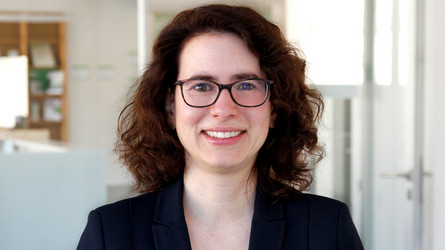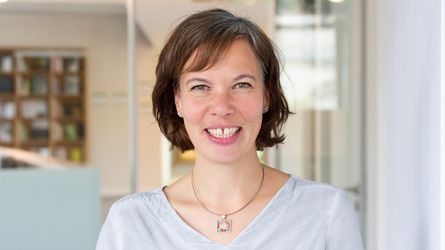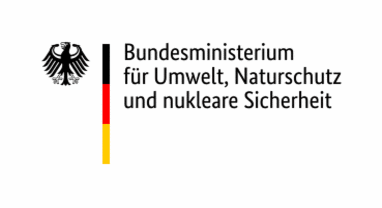By 2045, the entire building stock in Germany must become carbon neutral. A building is carbon neutral in the sense of the DGNB if the "annual balance of emissions emitted by building operation and emissions avoided by generation of CO2-free energy exported off site is zero or less than zero." In order for this transformation to succeed, we have compiled a toolbox that provides relevant stakeholders in the construction and real estate industry with key information, recommendations for action and instruments to help shape the process and plan, construct and operate buildings and districts in a carbon neutral manner.
Funding information (as of 4. April 2018)
This project was funded by the German Environment Agency and the Federal Ministry for the Environment, Nature Conservation and Nuclear Safety. The funding was provided by resolution of the German Bundestag.
The responsibility for the content of this publication lies with the authors.
Your Contact




